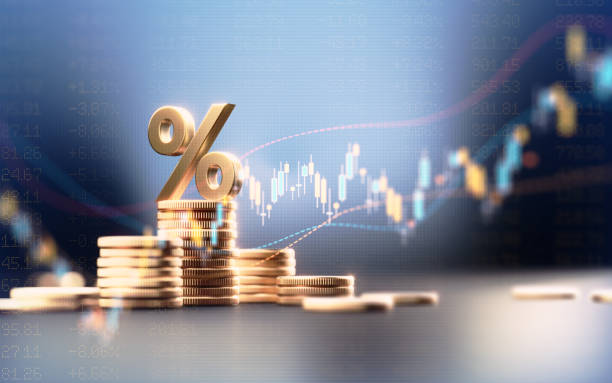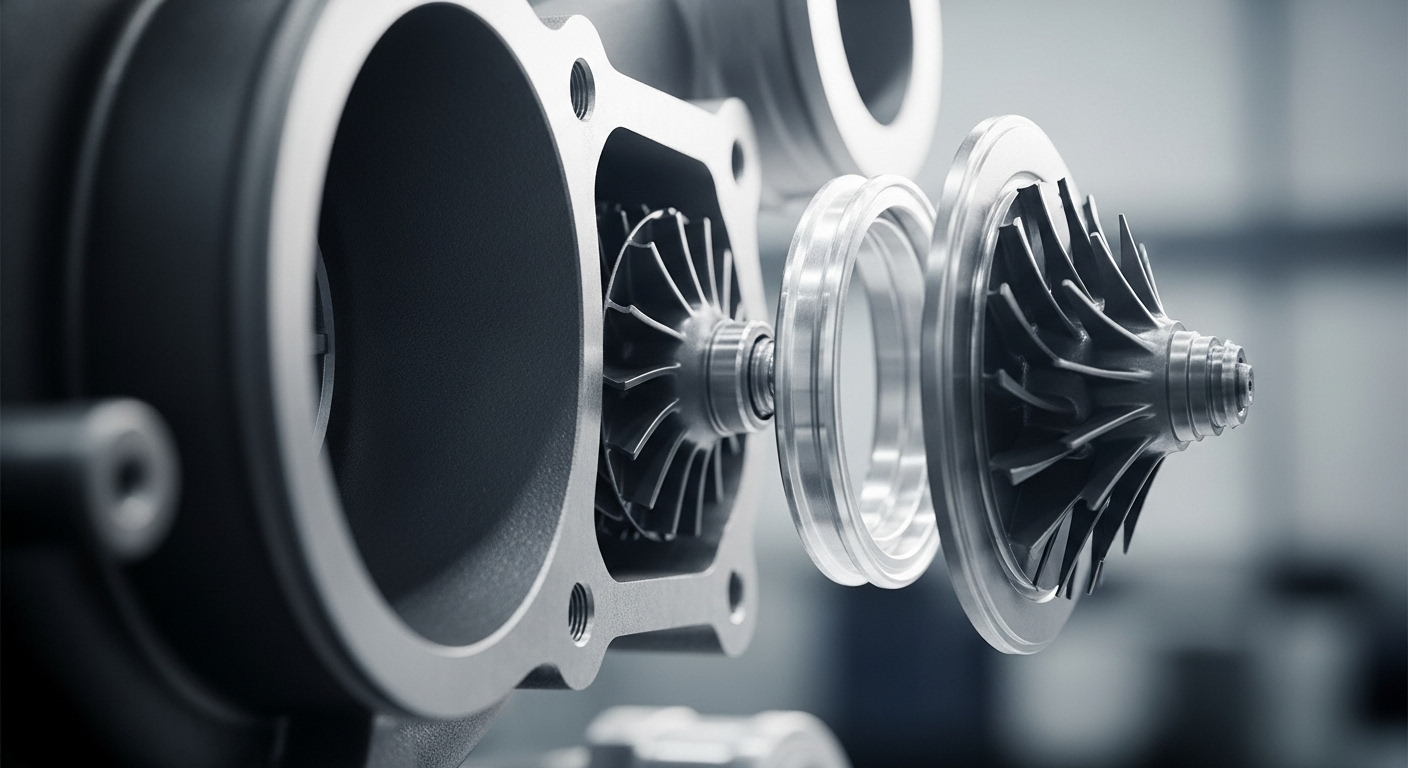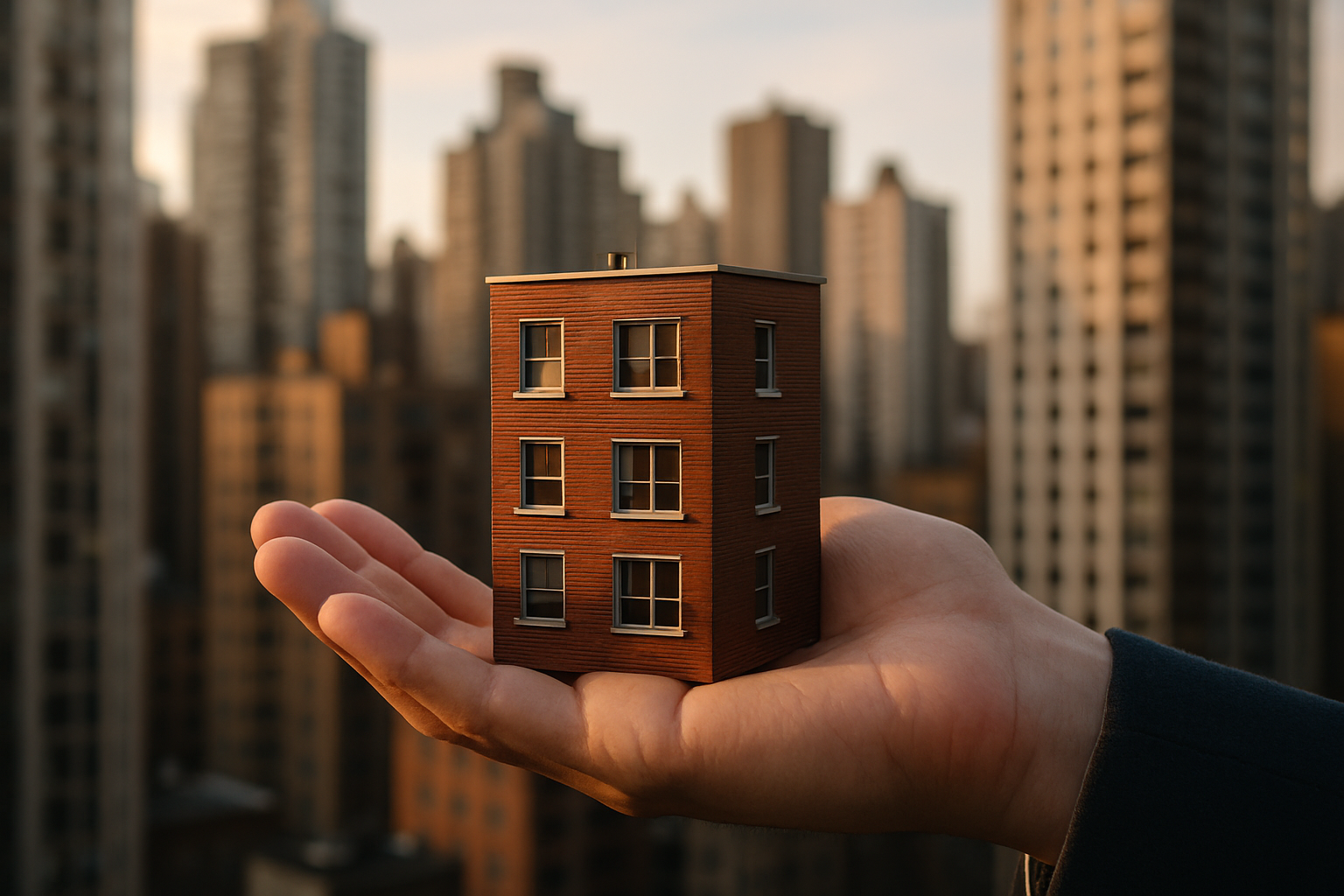Kaleidoscopic Couture: Fashion's New Technicolor Dreamcoat
In the ever-evolving world of haute couture, a vibrant revolution is underway. Designers are embracing a psychedelic palette, transforming runways into kaleidoscopic wonderlands. This trend, dubbed Kaleidoscopic Couture, is more than just a fleeting fashion fancy—it's a bold statement against the mundane, a celebration of individuality, and a nod to the transformative power of color. As we delve into this prismatic phenomenon, we'll explore its origins, its impact on the fashion industry, and its potential to reshape our wardrobes and our worldviews.

Leading this chromatic charge is Miuccia Prada, whose recent collection featured dresses that seemed to shimmer and shift hues as models moved down the runway. Not to be outdone, Gucci’s Alessandro Michele has embraced what he calls color therapy, crafting ensembles that blend seemingly discordant shades into harmonious visual symphonies. These industry titans have set the stage for a widespread adoption of the Kaleidoscopic Couture aesthetic, inspiring designers at all levels to push the boundaries of color theory in fashion.
The Science of Sartorial Spectroscopy
At the heart of Kaleidoscopic Couture lies a fascinating intersection of art and science. Designers are working closely with color theorists and textile engineers to create fabrics that can display a wider range of hues than ever before. This collaboration has led to the development of smart textiles that can actually change color in response to environmental factors like temperature or light exposure.
One standout example is the work of Dutch designer Iris van Herpen, known for her avant-garde creations. Her latest collection features dresses made from a revolutionary fiber that contains microscopic prisms. These prisms refract light in mesmerizing ways, causing the garments to display a constantly shifting rainbow effect as the wearer moves. This technology not only creates stunning visual effects but also opens up new possibilities for sustainable fashion, as a single garment can now offer multiple looks.
From Runway to Realway: The Democratization of Dazzle
While haute couture often seems out of reach for the average consumer, the Kaleidoscopic Couture trend is rapidly filtering down to more accessible price points. Fast fashion giants like Zara and H&M have already begun incorporating elements of this trend into their collections, offering vibrant, multi-hued pieces that allow consumers to experiment with color without breaking the bank.
This democratization of the trend has led to a surge in color-blocking and pattern mixing among street style influencers. Social media platforms, particularly Instagram and TikTok, are awash with content creators showcasing their kaleidoscopic looks, often mixing high-end designer pieces with more affordable options. This blend of high and low fashion perfectly encapsulates the inclusive spirit of Kaleidoscopic Couture, where the focus is on personal expression rather than brand names.
The Psychological Impact: Dressing for Dopamine
The rise of Kaleidoscopic Couture coincides with a growing awareness of the psychological impact of color. Psychologists have long known about the mood-altering effects of different hues, but now fashion is actively harnessing this knowledge. The term dopamine dressing has entered the lexicon, referring to the practice of wearing bright, joy-inducing colors to boost one’s mood.
Dr. Carolyn Mair, a fashion psychologist and author of The Psychology of Fashion, notes that this trend is about more than just looking good. In her words, Kaleidoscopic Couture allows wearers to become walking works of art, expressing their internal emotional landscape through external colors. This alignment of inner feelings with outer appearance can lead to increased confidence and a sense of authenticity.
Beyond Fashion: The Ripple Effect
The influence of Kaleidoscopic Couture extends far beyond the realm of fashion. Interior designers are embracing bolder color palettes, moving away from the minimalist greys and whites that have dominated in recent years. The automotive industry, too, is seeing a shift, with car manufacturers offering more vibrant color options to appeal to consumers seeking self-expression through their vehicles.
Even the tech world is not immune to this chromatic revolution. Smartphone and laptop manufacturers are moving away from safe, neutral tones and offering devices in a rainbow of hues. Apple’s recent introduction of colorful iMacs harkens back to the company’s iconic 1998 designs, suggesting a cyclical nature to this color renaissance.
The Future is Bright (and Multi-Colored)
As we look to the future, it’s clear that Kaleidoscopic Couture is more than just a passing fad. It represents a fundamental shift in how we view color in our daily lives. Designers are already experimenting with biomimicry, creating fabrics that can change color like a chameleon, adapting to the wearer’s environment or mood.
Moreover, the sustainability aspect of this trend cannot be overlooked. As consumers become more environmentally conscious, the idea of garments that can visually transform reduces the need for excessive consumption. A single, color-changing piece can replace multiple monochromatic items, potentially revolutionizing our approach to wardrobe building.
In conclusion, Kaleidoscopic Couture is not just changing the way we dress; it’s changing the way we see the world. By embracing a fuller spectrum of colors in our clothing, we open ourselves up to a fuller spectrum of experiences and emotions. As this trend continues to evolve, it promises to bring more vibrancy, creativity, and joy into our lives, one prismatic piece at a time.





